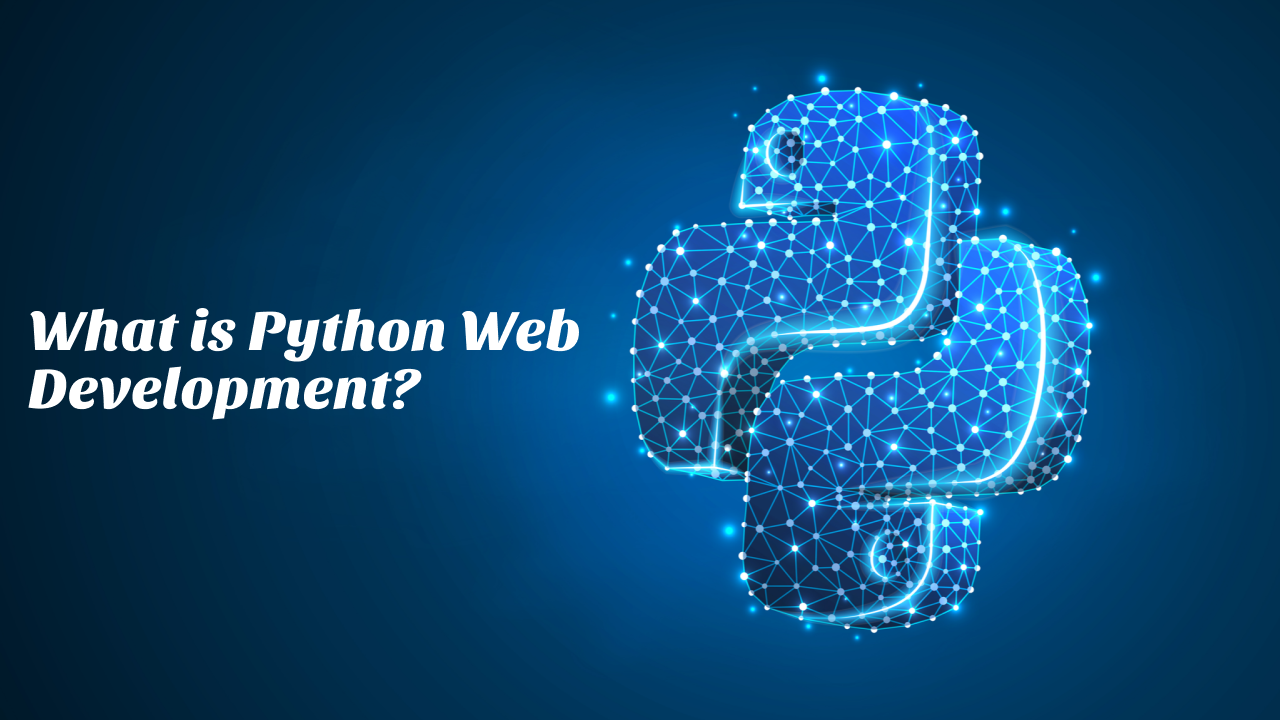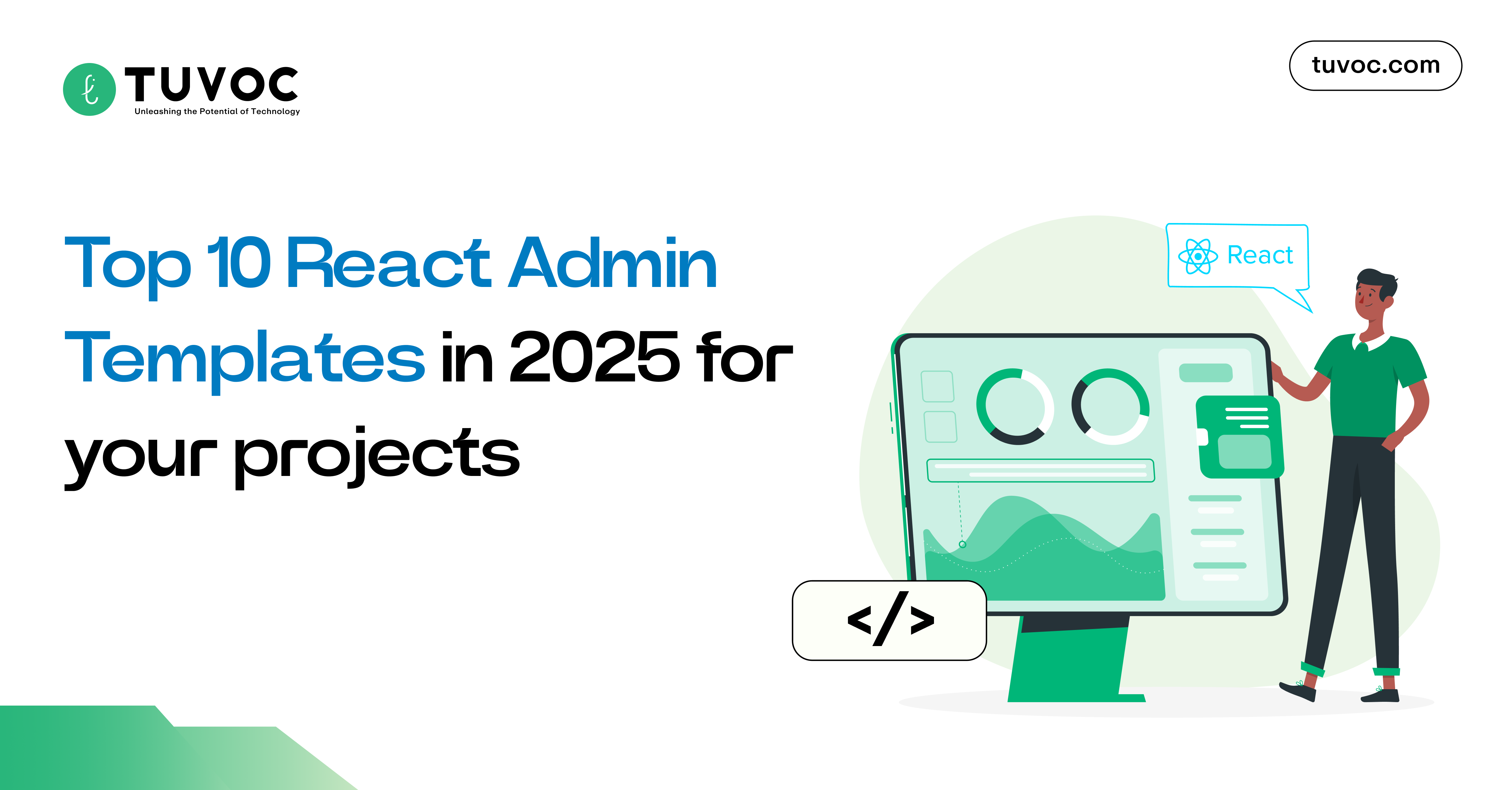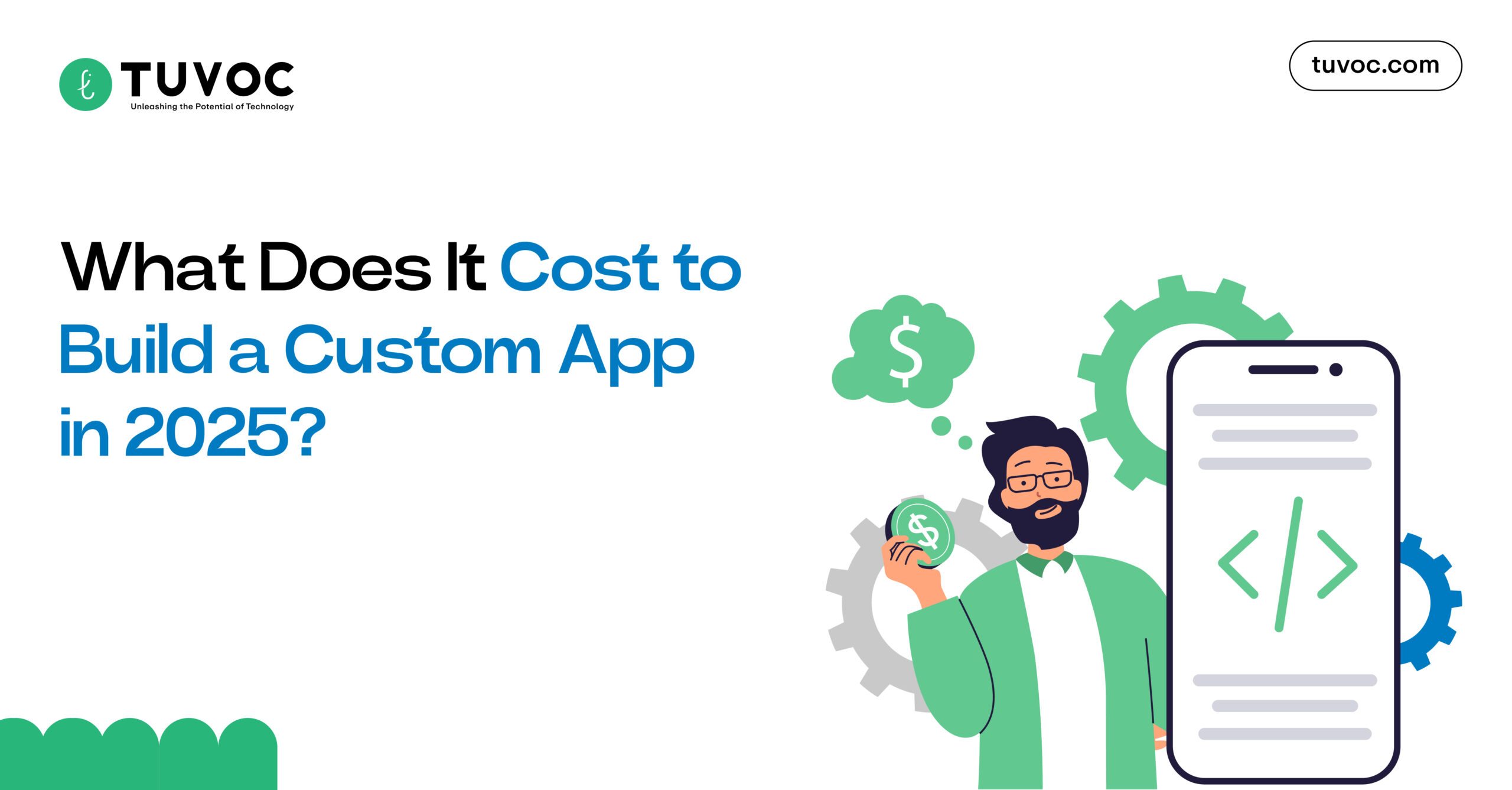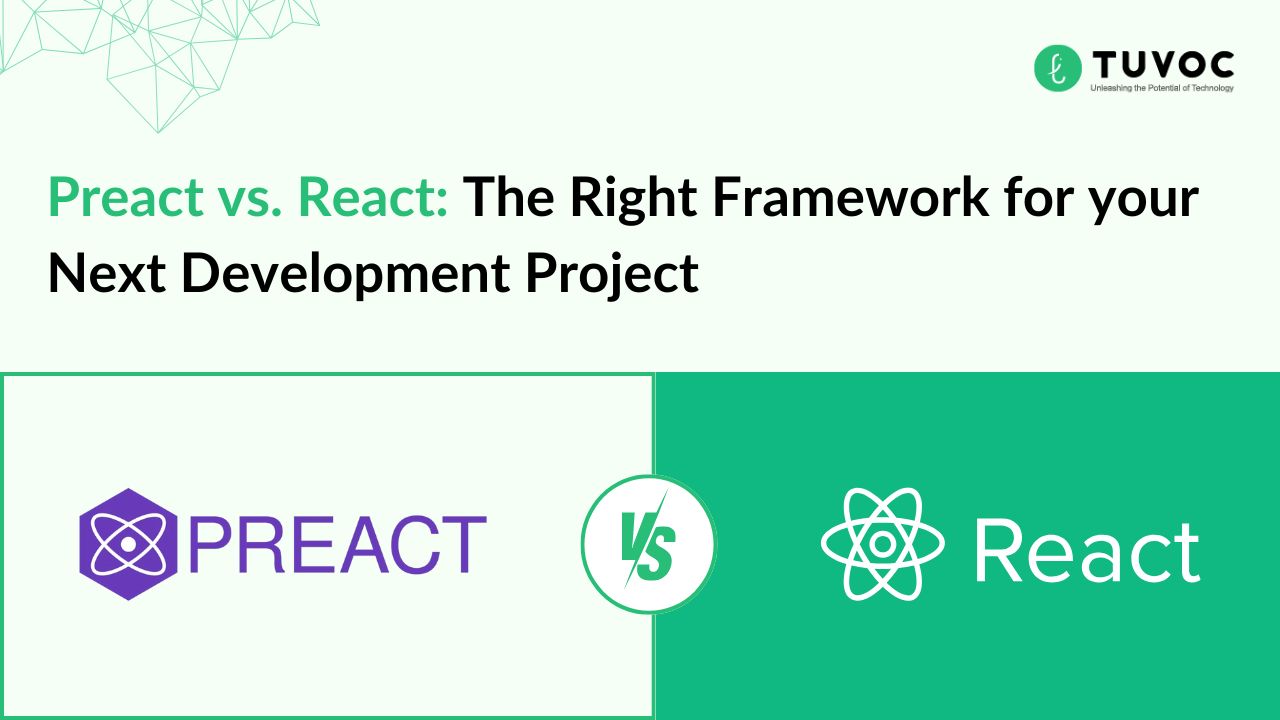Step-by-Step Guide to Python Web Development

In the past few years, Python increased its popularity, even outperforming languages like Java. This surge owes itself to powerful libraries, easily learnable syntax, and versatility toward machine learning, data analyses, and web development. On the developer side of Python, there could not be a better time to dive into web development.
Let this guide help you understand how to use Python for web development; it will cover all the basics of building your very first web application.
What is Python Web Development?

Web development in Python is the process of developing web applications, websites, and other related online entities using a Python programming language. It is a flexible and very popular language that is well renowned for its simplicity, readability, and a huge ecosystem of libraries and frames.
In the process of custom Python development services, Python is used for the development of server-side logic. This is where developers can write the logic for handling HTTP requests and responses, managing data storage and retrieval, processing business logic, and rendering dynamic content.
Benefits of Using Python for Web Development:
- Easy to Learn: The syntax of Python is very simple and is close to everyday language. We prefer it when teaching beginners. Compared with languages like Java or C++, you can write less code.
- Rich Ecosystem and Libraries: Python has a lot of libraries and frameworks that make web development easier. From NumPy and Pandas for data analysis to Django and Flask for web frameworks, Python hosts it all.
- Fast Prototyping: Python’s simplicity makes it easier to quickly build projects and thus get feedback and change it quickly—through which especially startups can benefit.
- Highly Popular: With a large global community, Python is constantly being updated with new features and libraries. The community support is immense, with extensive documentation available.
Python Web Frameworks:
What are Web Frameworks?
A web framework is a collection of packages and modules designed to make web development easier. More specifically, it comes with built-in components to handle URL routing, request and response objects, database access, and finally web security, which enables the creation of more robust and scalable programs.
Popular Python Web Frameworks:
Django: High-level framework, that allows for rapid development and clean design. It certainly has several specific features it’s known for; first of all, its robustness, scalability, and appropriateness for projects of any size. Some major companies that have used Django include Instagram, Dropbox, and Spotify.
Flask: A very minimalistic micro-framework that provides only basic building blocks to build web applications. It is flexible and light, allowing freedom to add libraries and extensions as desired. Flask is used by companies like Netflix, LinkedIn, and Uber.
Other Notable Frameworks:
- Pyramid
- Web2Py
- TurboGears
Which Framework to Choose?
Django: Good choice for beginners or those wanting instead a “foundation” codebase with more out-of-the-box features.
Flask: Great choice for more experienced developers who want a little more control and flexibility.
How to use Python for Web Development?
Python belongs to that category of programming languages which are so multi-functional that they can be applied in the development of Python web applications. What makes it really easy, readable, and even huge with its ecosystem of libraries and frameworks, places Python at the top among professionals for building web applications. Hire Python development services and follow these steps to get started with Python for web development:
Install Python:
You will need to install Python on your system. The easiest way would be to head to the official Python website (https://www.python.org) and download the latest version compatible with your operating system. Go ahead and get the setup done.
Choosing a Web Framework:
Python can be used with various web frameworks that provide tools and structures to ease web development. Some of the powerful frameworks are Django, Flask, Pyramid, and Bottle. Research each of these options, and use the one that best serves the needs of your project and your experience.
Set Up a Development Environment:
Environment Setup Make a folder for the development of your project. Isolate the dependencies by setting up a virtual environment since the virtual environment manages project-specific packages, thus avoiding any kind of conflicts with other Python installations. Using tools like virtualenv or Python’s built-in venv module, you can set up and activate a virtual environment.
Install the framework and its dependencies:
Once the virtual environment is activated, use the package installer, which comes with Python, and pip, to install your favorite web framework and its dependencies. For example, to make use of Django, just run “pip install Django” and you shall have it up and running.
Project Initialization:
Each web framework has its way of initializing a new project structure. Refer to the framework’s documentation on how to do this in detail. For Django, you can create a new project with the command “Django-admin startproject projectname”.
Configuration Settings:
Most web development frameworks’ configuration files include options that help in setting up options specific to your project. This may include database connectivity, static files, and security. Now locate the configuration file and change it as per your requirements for the chosen framework.
Models:
It holds the data structure and their relation to each other. For instance, in frameworks like Django, you define models using a declarative syntax that maps to database tables. Define your models to represent data entities from your application.
Create Views and Templates:
Views hold the logic for processing requests and returning responses. In templates, the structure and presentation of the web pages are defined. Define the views so that they deal with certain routes of URLs and link them to their corresponding templates.
Define URL routes:
Set up the routing mechanism available in any web framework in use concerning URLs. This maps the incoming URLs to views, or generally to functions, of your application. Here, we are going to define a few URL patterns for handling several routes and, at each route, specify the view or function to be invoked.
Form Handling and User Input:
In case one needs user input and form submissions, use the framework’s features for processing, validation, and persistence of forms.
Connect to Databases:
Most Python web frameworks support database operations within their core framework. Configure the settings of your database connection within the framework’s configuration file. Then, you will be able to interact with the database using Python code with ORM techniques.
Implement Business Logic:
Develop the code to implement the business logic of the web application. This might involve user authentication, adherence to business rules, processing data, and integration with other services or APIs.
Test and Debug:
Always test your web application for any malfunctioning or incorrectness. Most of the Python frameworks are equipped with testing frameworks and tools to ease the process of testing. Use debugging tools and techniques for problem and error identification and rectification.
Deploy and Maintain:
Once the web application is ready, choose a hosting environment to deploy the application. Ensure that the environment meets the required server requirements; it has to take into consideration all security-related aspects, including performance optimization and scalability. Now, maintain it forever, and update your application whenever necessary.
Final Words:
Python is a versatile language and very well-suited for developing websites and web applications. A clear syntax and user-friendly ecosystem of libraries set Python apart in web development. It provides a strong platform when it comes to the development of complex, scalable web applications. When your application is all set for the users, then go to BrowserStack for comprehensive testing of the application because it has a lot of browsers and the ability to run tests in parallel.
We are a reputed Python development company in India. Hire dedicated Python developers from Tuvoc Technologies now!






